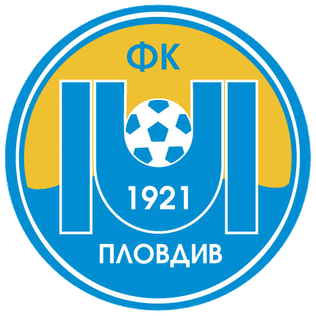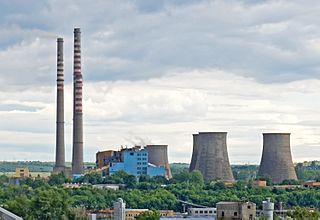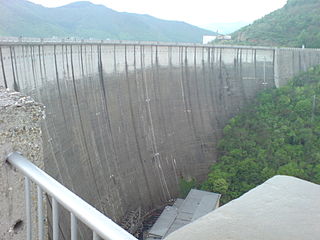
The Maritsa, Meriç or Evros is, with a length of 480 km (300 mi), the longest river that runs solely in the interior of the Balkans. Its drainage area is about 53,000 km2 (20,000 sq mi), of which 66.2% in Bulgaria, 27.5% in Turkey and 6.3% in Greece. It has its origin in the Rila Mountains in Western Bulgaria, flowing southeast between the Balkan and Rhodope Mountains, past Plovdiv and Parvomay to Edirne, Turkey. East of Svilengrad, Bulgaria, the river flows eastwards, forming the border between Bulgaria and Greece, and then between Turkey and Greece. At Edirne, the river flows through Turkish territory on both banks, then turns towards the south and forms the border between Greece on the west bank and Turkey on the east bank to the Aegean Sea. Turkey was given a small sector on the west bank opposite the city of Edirne. The river enters the Aegean Sea near Enez, where it forms a river delta. The Tundzha is its chief tributary; the Arda is another one. The lower course of the Maritsa/Evros forms part of the Bulgarian-Greek border and most of the Greek–Turkish border. The upper Maritsa valley is a principal east-west route in Bulgaria. The unnavigable river is used for power production and irrigation.

Svilengrad is a town in Haskovo Province, south-central Bulgaria, situated at the border of Turkey and Greece. It is the administrative centre of the homonymous Svilengrad Municipality. As of December 2009, the town has a population of 18,132 inhabitants.

The Battle of Maritsa, or Battle of Chernomen took place at the Maritsa River near the village of Chernomen on 26 September 1371 between the forces of Ottoman commanders Lala Shahin Pasha and Evrenos and Serbian commanders King Vukašin Mrnjavčević and his brother Despot Jovan Uglješa who also wanted to get revenge after the First Battle of Maritsa.

Bulgaria's first commercial nuclear reactor began operation in 1974. The Kozloduy NPP operates two pressurized water reactors with a total output of 1906 MW. Construction of the Belene Nuclear Power Plant was officially terminated in March 2012, and a thermal powerplant was supposed to be built on the site.

Maritsa is a Bulgarian association football club based in Plovdiv, that plays in the Third League, the third flight of Bulgarian football.
The Maritsa is a river that runs through the Balkans.

Galabovo is a town in south-central Bulgaria, part of Stara Zagora Province. It is the administrative centre of the homonymous Galabovo Municipality. As of December 2009, the town has a population of 8,404 inhabitants.

Energy in Bulgaria describes energy and electricity production, consumption and trade in Bulgaria.

The Maritsa Iztok Complex is the largest energy complex in South Eastern Europe. It is located in Stara Zagora Province, south-central Bulgaria. It consists of three lignite-fired thermal power stations. The complex is located in a large lignite coal basin, which includes several mines, enrichment plants, a briquette plant and its own railway system. The development of the thermal power and mining complex at Maritsa Iztok began in 1952, but the lignite deposits used to be known well in the mid-19th century. The Maritsa Iztok mines and power plants are interdependent as the only market for coal is the power plants, while the power plants have no other supplier of coal but the mines.

Bulgaria is an industrialized nation with a developed heavy and light manufacturing industry. In 2007 industry accounted for 31.7% of the country's GDP. This makes industry the second largest sector of the economy after services. In 2007 the sector employed 33.6% of the labour force.

Varna Thermal Power Plant is located on the northern shore of the Lake Varna near the village of Ezerovo at 12 km to the west of Varna, eastern Bulgaria. It was bought by the Czech energy company CEZ Group.

Bobov Dol Thermal Power Plant is a coal-fired power plant situated in the lands of the village Golemo Selo near the town of Bobov Dol, Kyustendil Province in western Bulgaria.

Ruse Iztok Thermal Power Plant is a power plant situated near the city of Ruse, Bulgaria. It has an installed capacity of 400 MW. It is owned by Holding Slovenske elektrarne.
Ruse Iztok Power Plant has 3 chimneys, from which 2 have a height of 180 metres and 1 has a height of 140 metres.

Sofia Thermal Power Plant is a power plant situated near the capital of Bulgaria, Sofia. It has an installed capacity of 130 MW.

The Kardzhali Hydro Power Plant is an active hydro power near Kardzhali, southern Bulgaria constructed on the dam of the same name on the river Arda. It has 3 individual turbines with a nominal output of around 36 MW which deliver up to 108 MW of power.
The Momina Klisura Hydro Power Plant is an active hydro power project in the eastern Rila mountains, located at the Maritsa river near Momina Klisura village, Bulgaria. It has 4 individual turbines with a nominal output of around 30 MW which will deliver up to 120 MW of power. It is the final stage of the Belmeken-Chaira-Sestrimo Hydropower Cascade.
Bulgarian Energy Holding EAD is a state owned energy holding company in Bulgaria. It was incorporated on 18 September 2008 after renaming Bulgargaz Holding EAD. In November 2009, the Bulgarian Government decided to list the company at the Bulgarian Stock Exchange – Sofia.

Solar power in Bulgaria has expanded by 100 megawatts (MW) in 2011. A 16.2 MW solar power plant in Zdravetz, Bulgaria was expected to be completed in June 2012. Power will be sold for $0.30/kWh in a fixed rate 20 year power purchase agreement.

A referendum on building a new nuclear power plant was held in Bulgaria on 27 January 2013. Whilst it was not explicitly mentioned in the question, it was widely acknowledged that the referendum was about restarting construction at the Belene Nuclear Power Plant.
Centralna energoremontna baza is one of the largest enterprises on the Balkans focused on large electric power facilities maintenance in the energy industry. It is one of the oldest energy organizations in Bulgaria. It was set up in 1948.
















